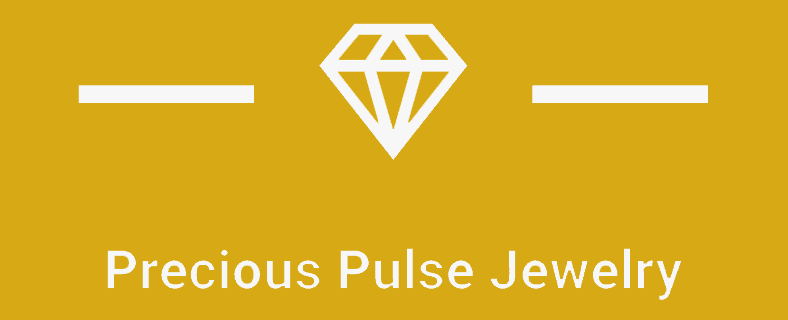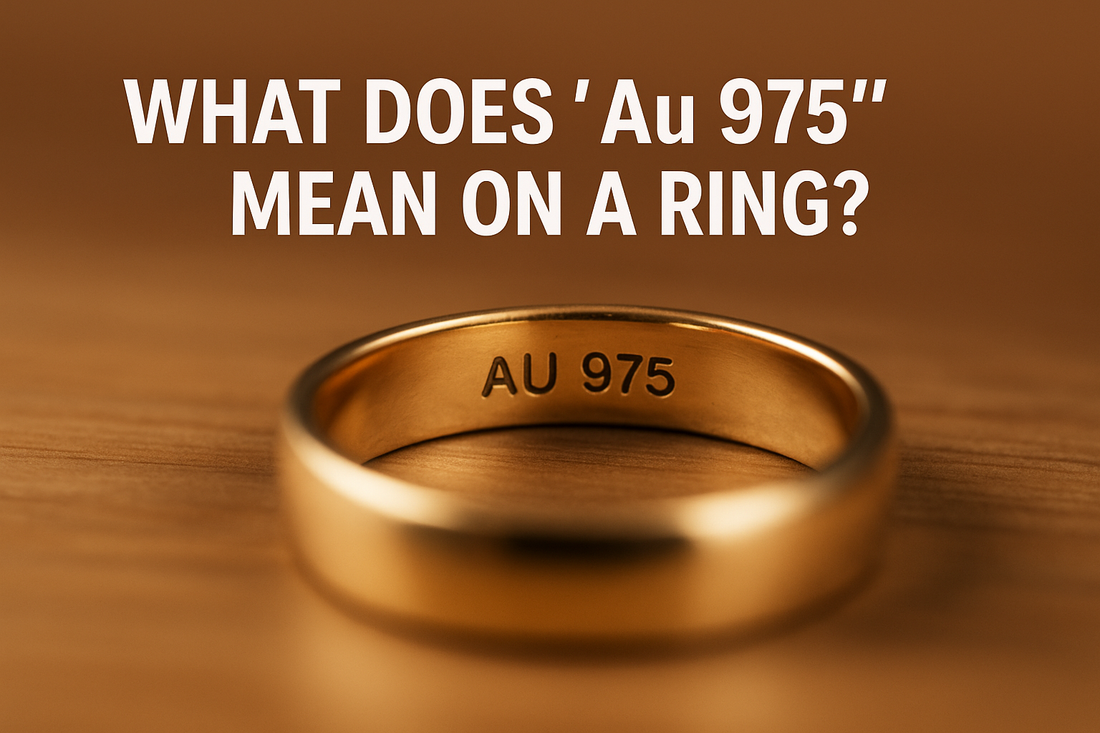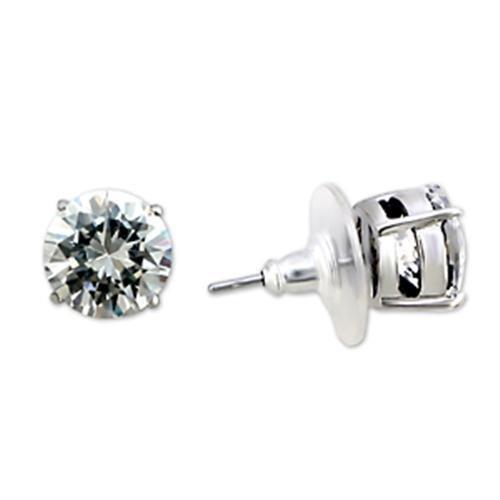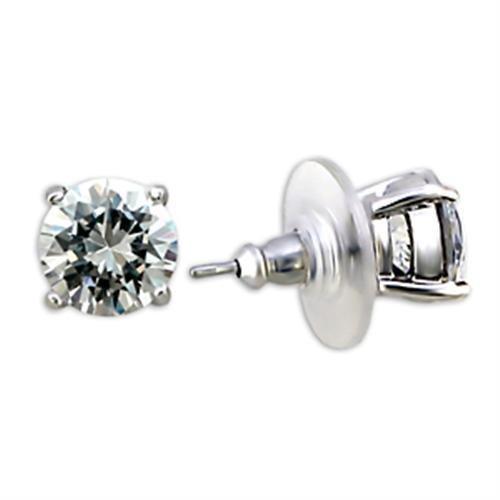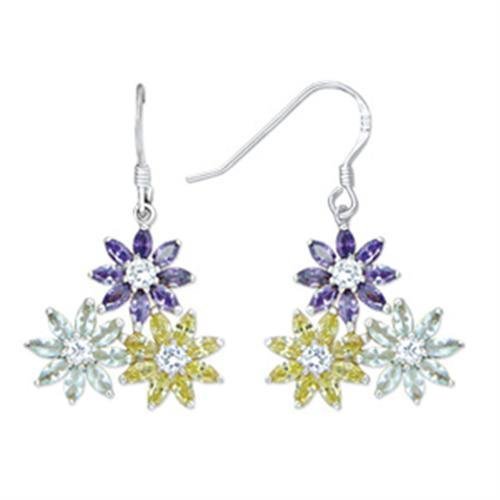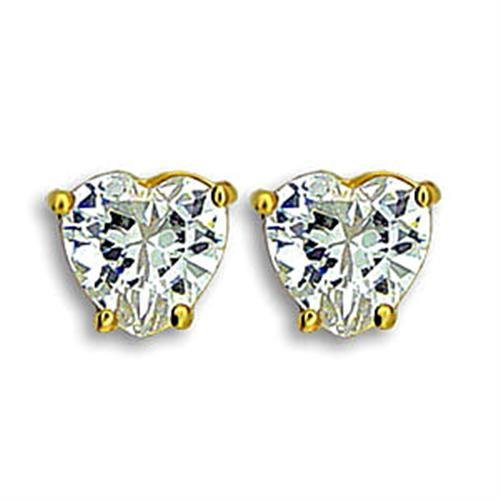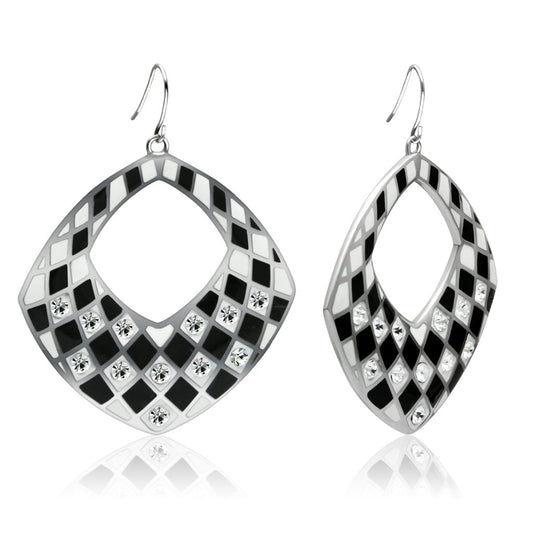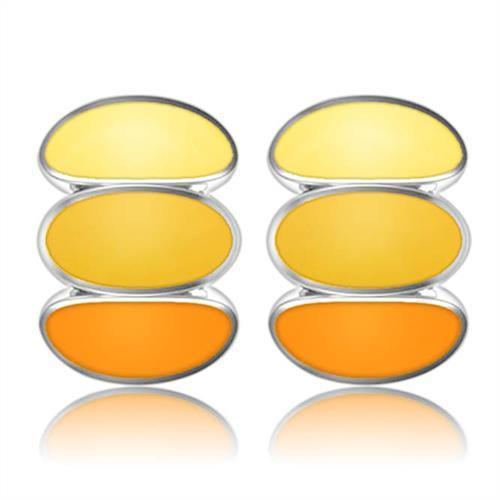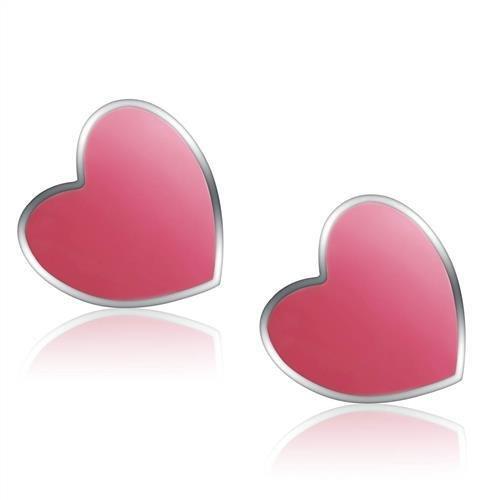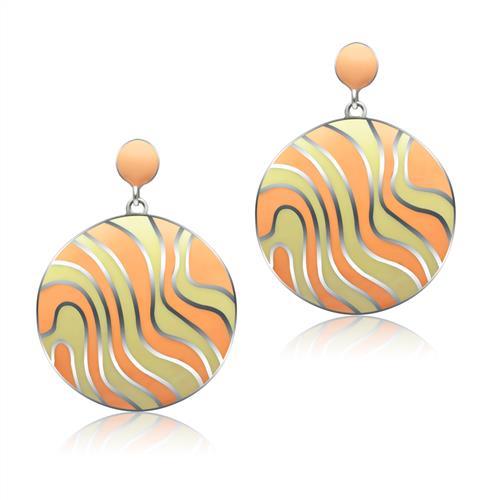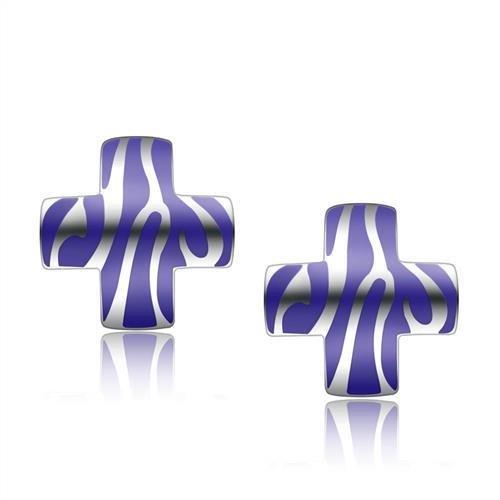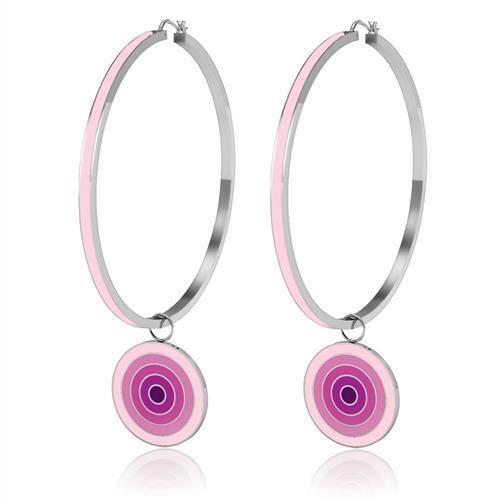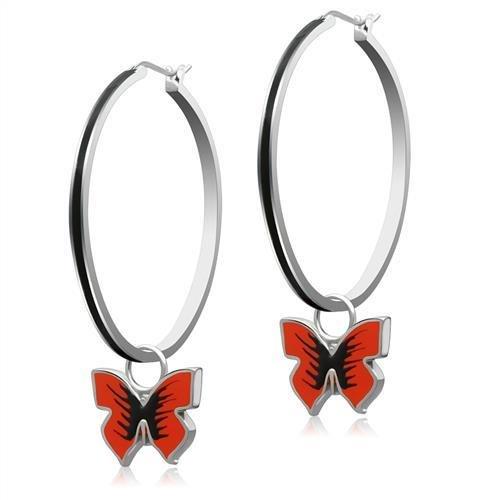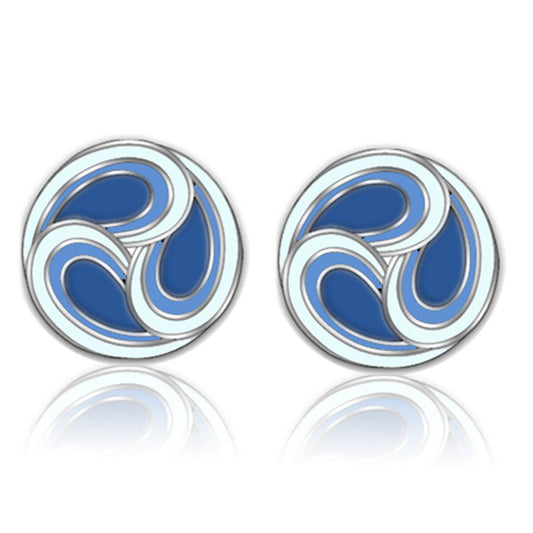Gold jewelry often carries cryptic hallmarks, and one such inscription that puzzles many is “Au 975.” This article dives deep into what that marking means, its significance in gold purity, how it compares to other standards, and what it tells you about the quality and value of your jewelry. We’ll explore how “Au 975” differs from the more commonly known “Au 750” or “Au 585,” and how to spot truly premium pieces. Whether you're considering a purchase or just curious about your heirloom, this guide will help you understand the hidden language of gold.
What Does “Au 975” Mean on a Ring?
At first glance, “Au 975” may look like an arbitrary stamp, but it tells a powerful story about your jewelry. The “Au” is short for Aurum, the Latin word for gold. The number 975 refers to the gold’s purity—specifically, 97.5% pure gold. That’s significantly higher than traditional 18k gold, which is only 75% pure (marked as 750).
So, what does “Au 975” mean on a ring? It means you're holding a rare and exceptionally high-purity gold alloy, likely designed for luxury jewelry with premium craftsmanship. This is a niche purity level, not commonly seen in commercial markets, and is usually custom-made or crafted by boutique jewelers focused on excellence.
“Jewelry with a 975 gold hallmark offers a near-pure gold experience, combining the warmth of high-karat gold with the durability of subtle alloying metals.”
Why Not 100% Gold?
While 100% gold (24k) exists, it’s too soft for practical jewelry. Even slight pressure can bend or scratch it. The beauty of “Au 975” is in the balance—it’s close enough to pure gold to maintain the richness and hue, yet it’s durable enough for wearable art.
You can see examples of rings that may feature similar premium craftsmanship in our curated ring collection, where elegance meets thoughtful design.
Comparing “Au 975” to Other Gold Markings
Let’s put “Au 975” in context with more commonly found gold hallmarks:
| Gold Marking | Purity (%) | Karat | Common Use |
|---|---|---|---|
| Au 999 | 99.9% | 24k | Investment bars, collectibles |
| Au 975 | 97.5% | ~23.4k | Boutique luxury jewelry |
| Au 916 | 91.6% | 22k | Indian and Asian gold |
| Au 750 | 75.0% | 18k | High-end Western jewelry |
| Au 585 | 58.5% | 14k | Mid-market jewelry |
| Au 417 | 41.7% | 10k | Affordable, everyday pieces |
“Au 975” stands out because it’s unofficial in most regulatory gold standards. It sits between 22k and 24k, and is often chosen by artisanal jewelers who want more gold content without sacrificing too much strength.
How to Identify “Au 975” Jewelry
Not all gold jewelry has clearly visible markings. When it does, here’s how to verify its authenticity:
-
Hallmark Inspection: Look inside the band or discreet spots.
-
Acid Test: Jewelers can apply a safe acid solution to verify purity.
-
Electronic Gold Tester: Non-invasive testing that offers digital accuracy.
-
Weight and Density Checks: Higher-purity gold is heavier.
Our high-end jewelry pieces, especially in the necklaces collection, are made with careful attention to detail and often use purities close to 975 for those seeking elite luxury.
Is “Au 975” Jewelry Worth More?
Yes—value and rarity go hand-in-hand when it comes to gold purity. A ring marked “Au 975” typically commands a higher price due to:
-
Higher gold content (97.5% vs. 75% in 18k)
-
Rarity: It’s not mass-produced like 14k or 18k jewelry
-
Craftsmanship: Jewelers who use 975 gold are usually artisans or bespoke creators
However, the resale value also depends on factors like design, brand reputation, and market demand. For example, handcrafted earrings like those found in our earrings collection often hold their value thanks to the detail and uniqueness infused into each piece.
"Gold purity isn't just a number—it's a promise of quality, craftsmanship, and enduring value."
When buying such high-purity gold, make sure it’s certified or verified through a reputable source. Always ask for documentation or testing if you're investing in precious metals beyond the conventional 18k or 14k spectrum.
What Are the Pros and Cons of Au 975 Gold?
Understanding the trade-offs of ultra-pure gold helps you make smarter buying decisions. Here’s a breakdown:
✅ Pros:
-
Luxurious Color: Rich, deep yellow that’s impossible to fake
-
Hypoallergenic: Minimal alloy content reduces risk of skin irritation
-
Rare & Exclusive: Signals a bespoke or high-end creation
-
Excellent for Investment Jewelry: High intrinsic gold value
❌ Cons:
-
Softness: Slightly softer than 18k; not ideal for rugged wear
-
Cost: More expensive due to higher gold content
-
Limited Availability: Harder to find in mainstream retail
If you love owning jewelry that tells a story—and feels like no one else has it—then Au 975 gold might be your perfect match. You can find similarly exclusive, radiant pieces in our handmade bracelet collection, where elegance and integrity go hand-in-hand.
How Does Au 975 Affect Durability?
Here’s where it gets a bit technical. The higher the gold content, the softer the metal. Gold in its pure form (Au 999) is very malleable. By introducing just a small percentage of alloy (2.5%), Au 975 achieves:
-
Greater scratch resistance than 24k
-
Improved structural integrity for gemstone settings
-
Longer-lasting form in everyday wear
That said, if you're considering a ring you’ll wear daily—like an engagement or wedding ring—something closer to 18k or 22k might be more practical, unless you're willing to handle it with care.
Should You Buy a Ring With an “Au 975” Marking?
If you're drawn to exceptional quality, rarity, and elegance, then a ring marked “Au 975” is more than just jewelry—it’s a statement piece. Unlike mass-market items, this level of gold purity signifies:
-
Discerning taste
-
A love for premium materials
-
An investment in craftsmanship over trend
That said, not every lifestyle fits ultra-high-purity gold. For daily wear or rugged environments, lower-karat options may offer better longevity. However, if you’re adding to a jewelry capsule collection or searching for heirloom-grade pieces, 975 gold offers enduring value and unique character.
You may find designs that mirror this level of refinement in our exclusive collections of rings, where our focus is always on quality over quantity.
Final Thoughts: What Does “Au 975” Mean on a Ring?
By now, the answer to “What does ‘Au 975’ mean on a ring?” should feel a lot clearer—it’s a rare, high-purity gold marking indicating 97.5% gold content, placing it just below 24k in purity and above the more common 18k gold.
It’s not just a number—it’s a symbol of:
-
Artisan-level craftsmanship
-
Luxury and exclusivity
-
A deeper connection to the materials that make up your jewelry
If you happen to own a ring or are considering buying one stamped with “Au 975,” you’re looking at a finely tuned balance between opulence and function. It may not be for everyone—but that’s exactly what makes it special.
Quick Recap
-
“Au” = Gold in Latin; 975 = 97.5% pure gold
-
Rarer than 18k, softer than 14k, more lustrous than most commercial gold
-
Ideal for collectors and connoisseurs
-
Always buy from reputable sources or artisans who stand behind their metalwork
Frequently Asked Questions About “Au 975” on a Ring
1. Is “Au 975” a standard gold hallmark recognized worldwide?
No, “Au 975” is not a widely recognized or standardized hallmark under most international hallmarking systems like those in the U.S., U.K., or EU. It’s a rare purity level that some independent jewelers or luxury makers may use to indicate gold that is 97.5% pure, though it is not regulated in the same way as 18k (750) or 22k (916) gold.
2. Can gold marked “Au 975” be legally sold as 24k gold?
No. While it is very close in purity, “Au 975” is still slightly below 24k gold (which is 99.9% pure). Marketing it as 24k would be misleading and potentially illegal in regions with strict jewelry standards.
3. Does “Au 975” gold tarnish over time?
Not easily. Because of its high gold content, Au 975 is very resistant to tarnishing. Gold itself doesn't oxidize or corrode, and with only 2.5% alloy, there’s little material present that would react with the environment.
4. Is “Au 975” the same as 23k gold?
Almost. “Au 975” corresponds to 23.4 karats, which is slightly higher than traditional 23k gold (95.8% purity). Jewelers may use the 975 designation to denote a purer version of 23k, especially in custom or niche markets.
5. What alloys are mixed with gold to make Au 975?
Since Au 975 is 97.5% pure gold, the remaining 2.5% may include silver, copper, or palladium to add minimal hardness. The specific alloy mix can vary depending on the intended color (e.g., rose vs. yellow gold) and craftsmanship needs.
6. Why would a jeweler choose to use 975 gold over 750 or 999?
Au 975 offers a unique balance of luxury and durability. Compared to 999 (24k), it is more durable and holds shape better. Compared to 750 (18k), it has richer color and higher intrinsic value. It’s a smart option for bespoke jewelry with longevity in mind.
7. How can I verify that a ring marked “Au 975” is genuine?
To ensure authenticity, use one or more of the following:
-
Professional gold assay or XRF testing
-
Third-party certification
-
Purchase from reputable jewelers with purity guarantees
Always ask for paperwork or proof if you’re investing in high-karat pieces.
8. Is “Au 975” gold hypoallergenic?
Yes. Due to its extremely low alloy content, Au 975 is typically hypoallergenic and suitable for most people with metal sensitivities. It's an excellent option for those who react to lower-karat gold or nickel-based alloys.
9. Can Au 975 be used for gemstone settings?
It can, but with careful craftsmanship. Because it’s softer than lower-karat golds, it’s not ideal for tension settings or very small, high-pressure prongs. Jewelers working with Au 975 often reinforce settings or use hybrid techniques.
10. Is “Au 975” gold a good choice for engagement or wedding rings?
It depends. If your ring will be worn daily and exposed to wear, 18k gold (Au 750) may be more practical. But if you want something symbolic, pure, and luxurious, and you’re mindful of care, an Au 975 ring can make a stunning and unique wedding or engagement piece.
